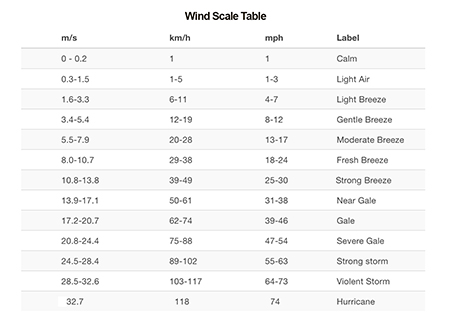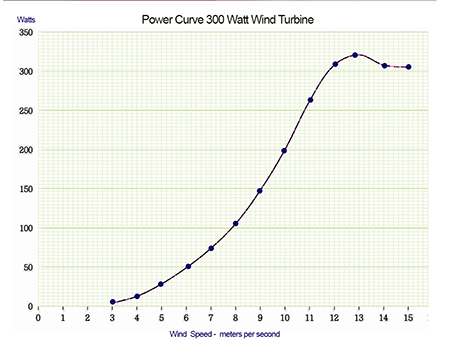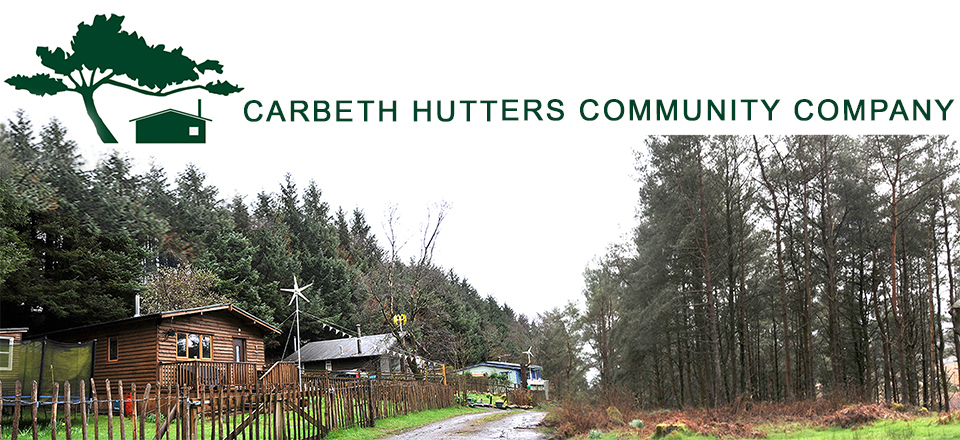Wind Power
Wind Power At Your Hut
We are situated in a heavily forested area, around 50% of the estate, not the best wind generator environment, but wind generated electricity can still be achieved.
The most obvious solution would be to install a wind turbine in available open space on your plot, or rise above the trees. Above tree height would need a substantial tower, which would be unsightly, difficult to manage and troublesome to set up.
Trees disrupt wind flow, create vortexes and produce wind tunnels. One Carbeth solution is to harvest the effect of tunneling. Wind tunnels can be found in Carbeth and for the most part are South Westerly in origin.
The ‘easiest route’ is usually taken by wind forces. Air currents close to the ground behave like a flowing stream, with large slow areas and where the stream narrows, the current speeds. This phenomenon creates wind tunneling.
The best way to explore wind behavior in your area is to attach to the end of a long rod...at least 12 feet...a ribbon of the same length. On a windy day explore the area around your hut with your rod and ribbon. You may be surprised to find the windiest areas are not where you might expect. One of the best wind harvesting areas in Carbeth is on the side of a hill and is only 8 feet off the ground at the back end of a tree plantation.

Click this link for higher resolution
A Small Wind Generator Set Up
The Internet has a vast amount of technical information on the subject of wind power, so much it can be daunting.
Firstly let’s deal with the realistic nature of purchasing a small wind turbine. The majority of small wind turbines are made in China. They are all very similar and some spurious claims as to their power output are often made. However at Carbeth we are looking for a product that will compliment, not replace a solar system.
For Carbeth you need a turbine in the region of 300w to 500w range. This is good because this power rating is a ‘relatively’ safe purchasing bet... being the most commonly available, least expensive and generally close to their advertised rated output.
Chinese built turbines come branded and unbranded but having dismantled branded and unbranded versions, usually only superficial exterior differences exist. You can purchase very expensive turbines in the same 300-500w power rating, however they are generally of a higher standard European manufacture, marketed for marine use and this is reflected in the cost.
Testing a turbine output in situ is difficult, unless you have expert knowledge and the correct equipment. We are dealing with 3 phase electricity and bench testing before assembly seems like the viable option for the amateur.
A very simple resistance test requires no equipment. Bare the 3 ends of the wires that exit the base of the turbine. Fit lightly the turbine blade hub so you can rotate it by hand. Turn the hub to feel the resistance, connect any two of the three wires together, turn the hub to feel the resistance, connect the three wires together and turn the hub to feel the resistance. It should be more difficult to turn progressively. If this is the case it shows that all three phases are functioning correctly and that the turbine will produce power when the unit is in service.
Unlike solar panels, you cannot switch off a wind turbines power output, so you need a controller to monitor any power produced and protect your system from overcharging.
There are two main ways this is done. With a control module that uses excess current to slow the turbine down (braking) or a more sophisticated controller that diverts the excess power to a ‘dump load’ and might also have a braking system to address storm wind situations.
A wide variety of controllers are available but importantly they must match or exceed the turbine output or you could be in danger of damaging your batteries.
You will need to place your turbine on a mast. These can be made from standard scaffolding poles. Your mast will need to be supported and depending on height guy ropes are usually employed. Take care if you decide to attach it to your hut. Turbines vibrate and your hut will act as a sound board greatly amplifying any sound. It has also been found by in depth research, that attaching to a building has a serious detriment to power output.
Power output.
Measuring how much power your turbine will produce has a variety of difficulties that make for a accurate assessment. Type of controller, charge in your batteries, wind speed, blade size and size of turbine have all to be taken into account. It is possible that your turbine may be spinning at high revs but no output is showing at your controller because your batteries are fully charged and generated power is being diverted to a dump load. Below is a table for reference for a 300w turbine power output. You will notice that the optimum speed for output is around 11mts per second. This is the case for most small turbines.

Click this link for higher resolution.
There is another important question, how many blades a turbine should have? In an area of general low wind speed a 5 or 6 blade is advised. In areas of high and constant wind speed a 3 blade should be used. A 3 blade will spin faster than a 5 and produce a relatively higher output, however it will be noisier. (it’s the space between the blades that generates the noise) For Carbeth 5 blades is recommended because the wind is generally variable and blustery creating a variation of wind speed and 5 blades will react better to that wind range.
In Conclusion. Depending on a wind turbine alone to charge your batteries is not advisable. But it can be a rewarding addition to a system, especially in winter months when solar power can be challenging.
This page is offered as a outline guide only. Expert advice should be sought when installing electrical systems.
